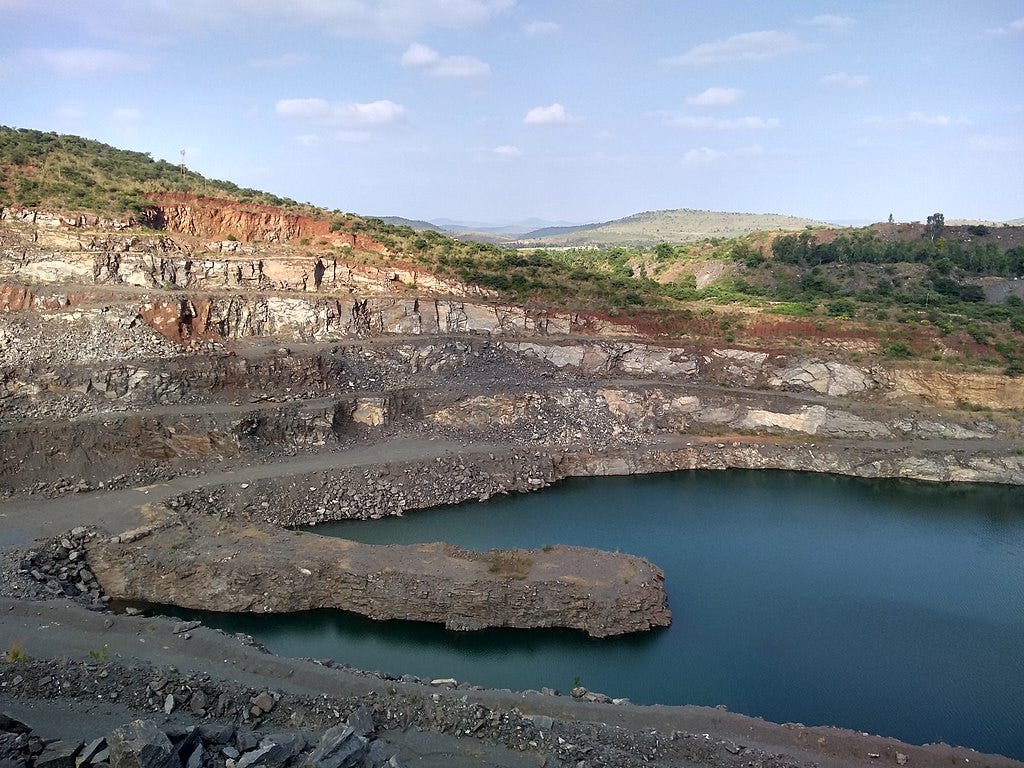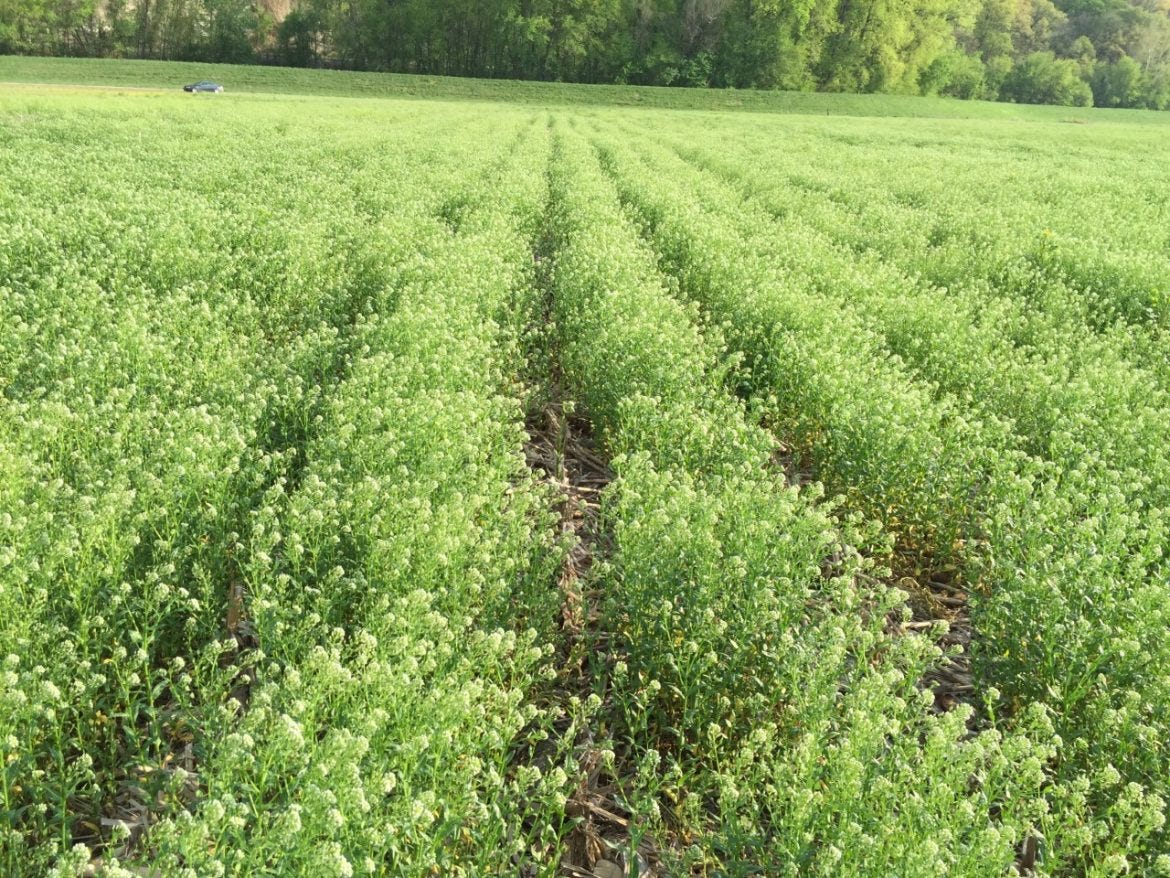A mini-genre I adore is speculative technology. A component of worldbuilding, this medium focuses on contemplating what societal needs would exist in a world with distinct sets of resources, economies, values, cultures, and administrative structures. Speculative technology asks what tools, knowledge systems, and processes would emerge from radically different societal substrates. In this post, I’ll present a speculative technology for a Solarpunk society, a futurist genre that imagines if technological progress served environmental and social improvement. In this post, I present a hypothetical system for the reclamation and restoration of landfills.
Landfill mining is the idea of opening up sealed landfills and extracting useful materials from the refuse of past generations. An inordinate volume of metals, plastics, and glass can be resurrected and recycled into useful products without mining raw materials from the Earth. The idea is often situated within the context of a circular economy, where direct extraction of mineral resources is minimized and materials are reused by other consumption streams. If robust systems of recycling were ever to be established, it would be reasonable to begin mining landfills at scale to bring new materials into this system and restore the hills and plains that have been sequestered to store our trash.
While such a future of restoration and reclamation has a certain romance to it, there is a major issue associated with putting such an enterprise into practice. Standard municipal landfills are festering masses of food waste, industrial chemicals, and heaps of plastic. Stewing these materials together, especially in older landfills that lack proper aeration, results in the production of some truly nasty toxins. Opening up landfills and cleaning extracted materials would require a lot of water that would sop up a lot of these pollutants. If managed poorly, landfill reclamation could result in a mass diffusion of these pollutants into the wider hydrological cycle.
In comes my idea – sponge landscapes. This concept is reliant on two processes, the flow of water and the remediative power of plants. A site is established at the watershed level, ideally a watershed that can be engineered to contain water and restrict it from flowing into a larger watershed (this would be an ideal way to repurpose abandoned mines). Then, rings of plant species should be planted around the water flow’s terminus. As the material is cleaned at the edges of the watershed, water carrying the leachate would flow through these rings, which would absorb the pollutants and cleanse the water for release back into the wider environment.

This solves a core problem of decontamination, the pollutants always flow somewhere. Simply washing the leachate off an item just moves the pollutants from the item to the water, and the pollutant follows to wherever the water is disposed. While some pollutants can be treated in a wastewater plant, others, like heavy metals, persist. Fortunately, however, some species of plants and fungi are highly adept at absorbing and storing such compounds. While these species are normally utilized to repair damaged landscapes, constructing an environment specifically to pass these pollutants through could represent a new application of this technology.
There are a few classes of pollutants present in leachate that warrant attention, with species of interest optimized to address each of these classes. Heavy metals are one such pollutant, including arsenic and lead. Trees like willows or flowers like pennycress are often used to restore former industrial sites that have heavy metal build-up and would be excellent candidates for a ring. Inorganic macrocomponents, namely nitrates, sulfates, and hydrogen carbonate, are similarly taken up by species like poplars and elderberries, which would constitute another ring.
Other compounds, called xenobiotic pollutants, are more difficult to address. These substances, which include plasticizers, synthetic pigments, and phenols, are foreign to life and have only entered the environment as a result of industrial production. Thus, few plant species can take them up at a large volume. Fortunately, several fungi have been documented as absorbing these pollutants in large amounts that can be grown at the landscape level. This would constitute the last ring.
Some pollutants, like dissolved organic matter, are easily removed from the water by existing wastewater treatment processes, such as reverse osmosis or membrane filtration, and would optimally take place between washing reclaimed material and distributing contaminated water over the sponge landscape. Some inorganic macrocomponents are also easily removed by these techniques.
This sponge landscape technique does beg the question – what happens once the plants mature? While many compounds break down after absorption, some like heavy metals persist within the tissue of a plant, and once they decay, the pollutants could be rereleased back into the environment. Ironically, harvested contaminated tissue is often interred in a landfill. Other times it's burnt in a waste-to-energy stream, which can be engineered to capture heavy metals and send them into a contaminant storage facility, which while not circular would represent a permanent solution to stopping the flow of these dangerous substances. There is a potential synergy with a strategy known as wood vaulting, which keeps logs underground in a no-oxygen environment to sequester carbon away from the atmosphere. Theoretically, this would also lock away the heavy metal contaminants as well. Either way, some strategy for isolating and storing heavy metals will need to be adopted after plant material leaves the sponge landscape, as the idea is not to permanently sacrifice a large plot of land as a pit of contamination.
To limit the scope of potential pollution, decontamination and recycling should occur at only a few sites. Since landfills are spread out across the country, extracting and shipping said material to a centralized facility that has been specially engineered to contain recovered material is preferable to establishing smaller sponge landscapes across the country. Especially considering sites that are topographically ideal for this concept are few and far between.
In a hypothetical world where landfill reclamation and elimination are a societal priority, sponge landscapes could be a useful strategy to accomplish that sustainably. Once the scars of industrial society are opened to the world, care must be taken to limit the extent of harm. Sponge landscapes, utilizing the powers of plants and water, could serve to absorb, process, and rehabilitate the ruins of civilization’s past.
What I’m Reading, Watching, and Listening to
The Real Reasons Your Appliances Die Young: Discusses the forces behind the degrading quality of our material goods
Mapping the Unmapped: The story of the St. Lucian women mapping their island to help their people prepare for natural disasters.






